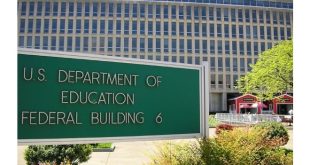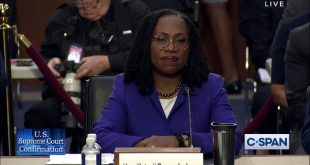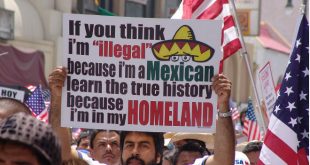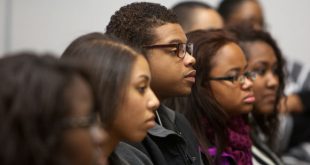When Barack Obama was president, he issued a “Dear Colleague” letter to government schools to keep disruptive black students in classrooms because they were being suspended or expelled at disproportionate rates.
Reasonable people understand that this isn’t conducive to an orderly environment in which teachers want to teach and children want to learn.
Black students are disciplined at higher rates because they apparently behave in disproportionately disruptive ways. But to acknowledge this or even debate the issue earns you the label “racist” or “sell-out,” depending on the color of your skin.
The Wall Street Journal’s Jason Riley said Obama’s policy made schools dangerous. Fortunately, the Trump administration revoked it.
But school districts may still create such policies. St. Paul Public Schools in Minnesota, for example, created a so-called racial equity policy that forces teachers and students to put up with disruptive black students in the classroom rather than the school suspending or expelling them for their behavior.
One teacher, Aaron Benner, who is black, complained. At a school board meeting, he said the policy was “crippling our black children by not holding them to the same expectations as other students.” This is what happened after he criticized the policy:
Benner said disruptive students were subsequently placed in his classroom, he was encouraged to change schools and his teaching assistant was fired and not replaced. The district opened four personnel investigations, one of which accused Benner of taking a sick day without a doctor’s note.
Benner filed a lawsuit. After a judge ruled that his case could go to court, the school district settled the lawsuit last week to the tune of $525,000.
U.S. District Judge Susan Richard Nelson ruled in May that the case could go to trial after concluding that a sensible juror might agree that Benner, 50, was forced to quit. The school board approved the $525,000 payout Tuesday before Benner’s scheduled trial next month.
…
During negotiations for a new contract in 2015-16, the teachers union united around the message that St. Paul schools were increasingly dangerous places to work and that they weren’t getting enough help to manage their classrooms.
Why would government schools try to protect disruptive students who might also be dangerous rather than teachers and the students who want to learn?
Hat tip: Wayne Dupree
 Black Community News News and Commentary for Christians
Black Community News News and Commentary for Christians



